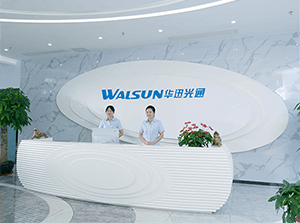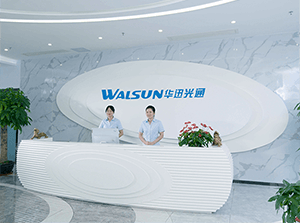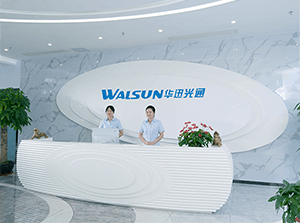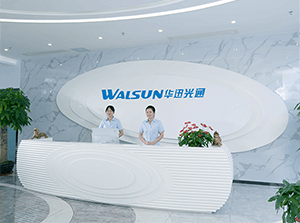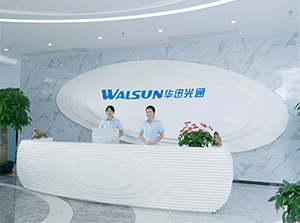PRODUCTS

- QSFP (Quad Small Form-Factor Pluggable) cables are used in high-speed data center and networking environments to connect switches, routers, and other network equipment. There are several types of QSFP cables, each designed for specific applications and use cases. Here are some common types:QSFP+ Direct Attach Cable (DAC):QSFP+ DACs are copper cables with QSFP connectors on both ends. They are typi994

- The range of an SFP (Small Form-Factor Pluggable) module can vary depending on the specific type and intended use of the module. SFP modules are commonly used for both multimode and single-mode fiber optics, and the range is influenced by factors such as the fiber type, wavelength, and the specific application. Here are some general guidelines for the range of SFP modules:Multimode Fiber SFP:2555

- The main difference between 10G (10 Gigabit) and 2.5G (2.5 Gigabit) ports lies in their data transfer rates. These rates represent the maximum speed at which data can be transmitted over the network. Here are the key differences: Data Transfer Rates:10G Port: A 10G port supports a data transfer rate of 10 Gigabits per second (Gbps). This provides higher bandwidth and faster data transfer comp1603

- "SFP" stands for "Small Form-Factor Pluggable." Another commonly used term for SFP is "Mini-GBIC," which stands for "Mini Gigabit Interface Converter." Both terms refer to the same type of hot-pluggable optical transceiver module used for transmitting and receiving data in networking and telecommunications applications. SFPs are widely used in network switch1001

- The primary difference between BiDi (Bidirectional) SFP (Small Form-Factor Pluggable) and normal SFP lies in their approach to optical communication and the number of fibers used for transmission. BiDi SFP:Bidirectional Communication: BiDi SFP modules enable bidirectional communication over a single fiber optic cable. This is achieved by using two different wavelengths for upstream and downst1294


 CHS
CHS Walsun Mall
Walsun Mall

